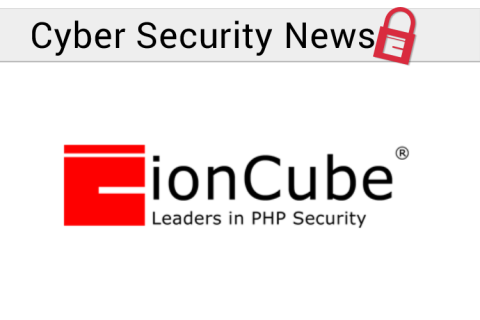Bring Your Own Key (BYOK) Explained: Gaining Control Over Cloud Encryption
Data safety has become a primary issue for business organizations of any scale as they move to cloud computing. With businesses using cloud services to save and run critical information, the development of confidence encryption and essential management techniques is paramount. Several security methods have become popular; bring your own key (BYOK) is among them.











